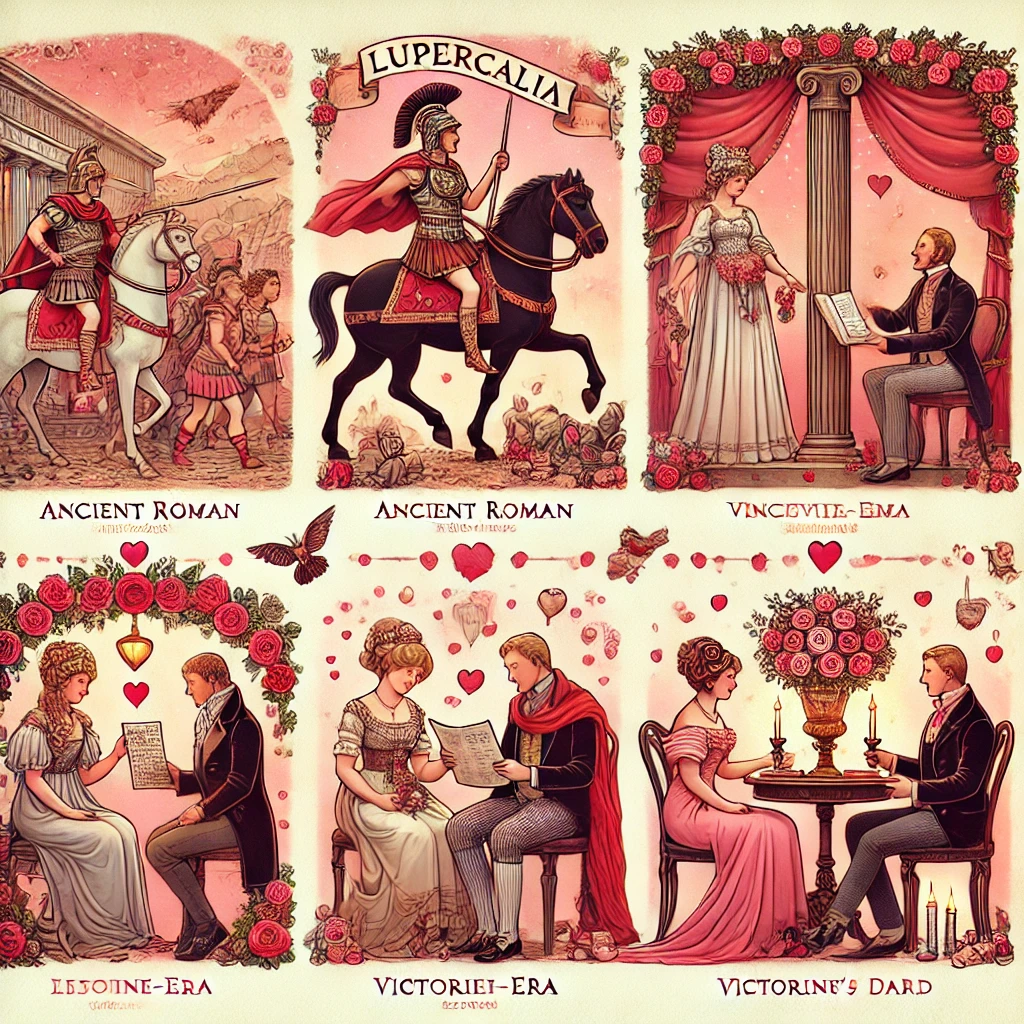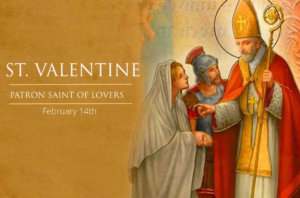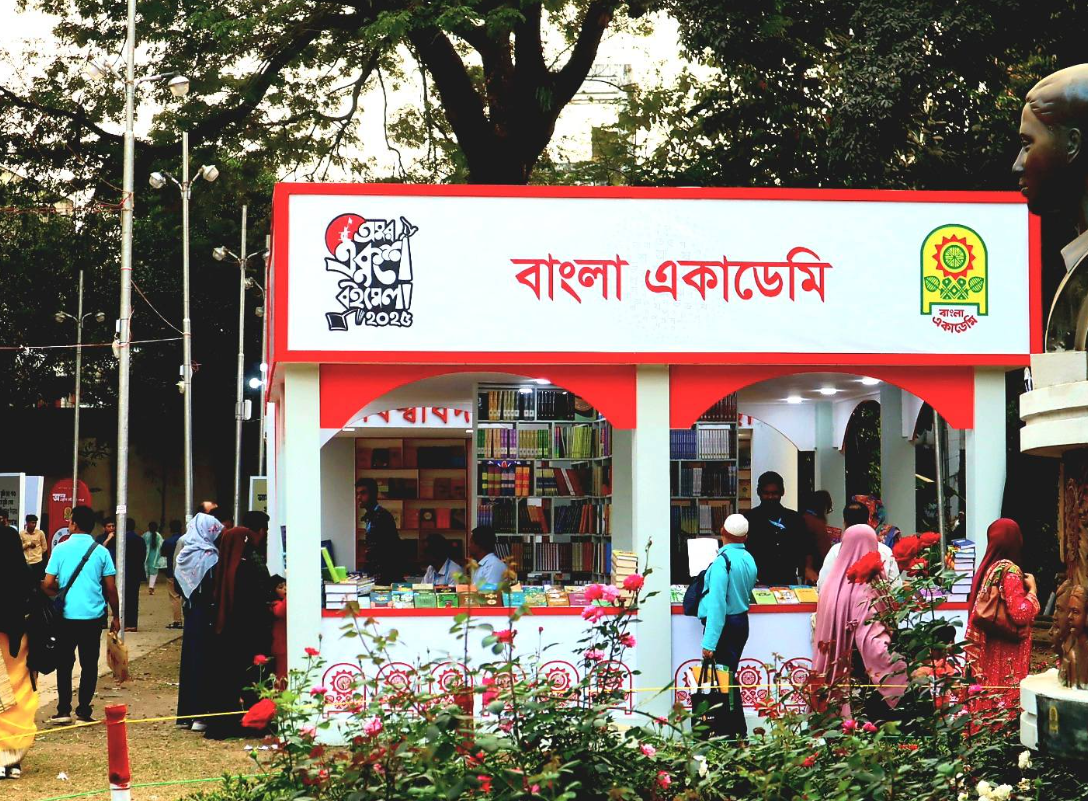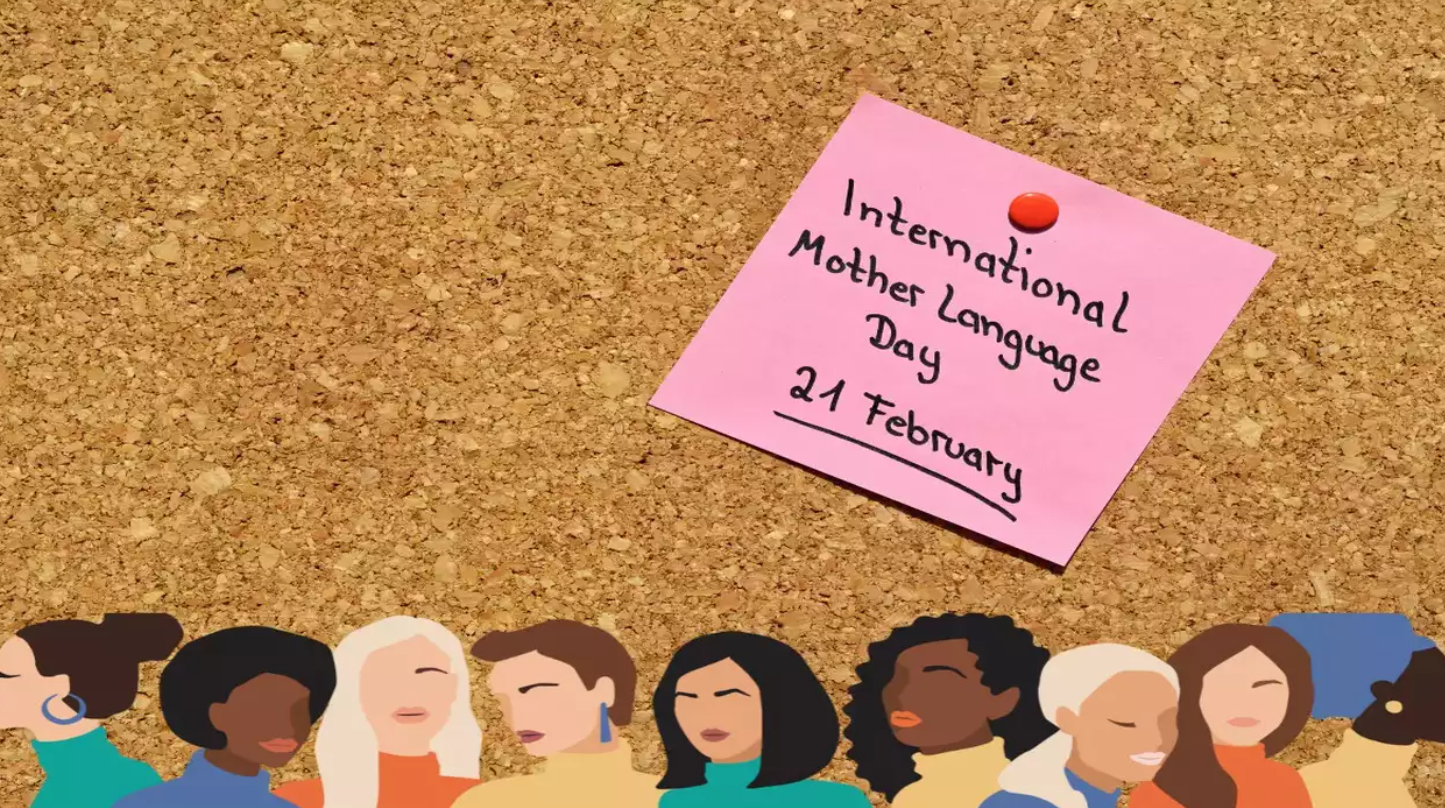Valentine’s Day is often seen as a day of love, romance, and heartfelt expressions. But beyond the flowers, chocolates, and fancy dinner reservations, this celebration has a history that is far more complex and intriguing. From its ancient Roman roots to today’s grand gestures of affection, let’s explore how this special day has evolved over time.
The Mysterious Origins of Valentine’s Day
The story of Valentine’s Day begins in ancient Rome. Where a festival known as Lupercalia was held every year on February 15. This festival was a wild celebration of fertility and the coming of spring. involving rituals, feasts, and sometimes even matchmaking activities. Men would draw women’s names from a jar. pairing them together for the duration of the festival, and in some cases, these pairings led to marriage. However, as Christianity spread, many pagan festivals were abolished or rebranded with Christian significance. By the late 5th century. Pope Gelasius I is believed to have replaced Lupercalia with St. Valentine’s Day. although there is no definitive proof linking the two.
Who Was St. Valentine?
But who was St. Valentine? That part of the story remains shrouded in mystery. Some legends suggest that he was a Roman priest. Who defied Emperor Claudius II’s orders by secretly performing marriages for soldiers. Others believe he was a healer who miraculously restored the sight of his jailer’s daughter. And left her a note signed, “From your Valentine.” Some even claim there were multiple Valentines, each associated with acts of kindness and devotion. While the exact details remain unclear, Valentine’s Day gradually took on a romantic theme. Which would later evolve into the celebration we know today.
The Role of Geoffrey Chaucer in Shaping Valentine’s Day
It wasn’t until the Middle Ages that Valentine’s Day became strongly associated with romantic love. The famous English poet Geoffrey Chaucer is credited with one of the earliest references to Valentine’s Day. as a day of love in his 14th-century poem, The Parliament of Fowls. This poem imagined birds choosing their mates on February 14. reinforcing the idea that the day was linked to romance.
The Tradition of Exchanging Love Letters

By the 17th and 18th centuries, exchanging handwritten love letters became a common practice. These letters were often beautifully crafted with lace, ribbons, and heartfelt poetry. In the Victorian era, Valentine’s Day cards became even more elaborate. with intricate designs and secret codes of affection hidden within the messages. This era also introduced “Vinegar Valentines”, humorous or even insulting cards sent to unwanted suitors as a way to reject their advances. Despite these cynical traditions, the period saw an explosion of romantic expressions and traditions that still influence modern celebrations.
The Commercialization of Valentine’s Day
With the advancement of printing technology and the rise of postal services, Valentine’s Day transitioned from personal handwritten notes to mass-produced greeting cards. By the 19th and 20th centuries, companies like Hallmark capitalized on the growing demand for pre-made valentines, making it easier than ever to express love and admiration.
As consumer culture expanded, new traditions emerged, including the exchange of chocolates, flowers, and jewelry. The iconic heart-shaped box of chocolates was first introduced by Richard Cadbury in the 1860s, and red roses—symbolizing love and passion—became the ultimate Valentine’s Day gift. Today, Valentine’s Day has become a billion-dollar industry, with couples, friends, and even family members exchanging tokens of appreciation.

Unique Valentine’s Day Traditions Around the World
Valentine’s Day has expanded into a global celebration, with different cultures adding their own unique traditions. In Japan, for example, it is customary for women to give chocolates to men, with men returning the favor on White Day, celebrated on March 14. In Finland, Valentine’s Day is known as Friendship Day, emphasizing the importance of platonic relationships rather than romantic ones. Meanwhile, in South Korea, there are several love-related celebrations throughout the year, including Black Day on April 14, when singles gather to eat black bean noodles.
The Rise of Galentine’s Day and Self-Love Celebrations
While Valentine’s Day is still largely associated with romantic love, it has evolved into a celebration of all kinds of relationships. Many people now observe Galentine’s Day (February 13) to honor friendships, while others use the occasion to practice self-love by treating themselves to something special.
The rise of digital communication has also transformed how people celebrate. Virtual love letters, video calls, and online gift deliveries make it possible to connect with loved ones no matter where they are. Personalized gifts, such as custom playlists, engraved jewelry, and experience-based presents, have also gained popularity in recent years.
Why Some People Choose Not to Celebrate
Despite its widespread popularity, not everyone celebrates Valentine’s Day. Some people view it as an overly commercialized holiday, while others prefer to express love in more spontaneous ways throughout the year. Additionally, the pressure to meet romantic expectations can sometimes lead to stress rather than joy. However, the holiday’s flexible meaning allows people to celebrate (or not) in whatever way feels right for them.
Valentine’s Day: A Celebration for Everyone

Despite its sometimes controversial commercialization, Valentine’s Day remains a meaningful occasion for many. Whether you celebrate with a romantic partner. a group of friends, or simply take the day to appreciate yourself. The essence of Valentine’s Day lies in expressing love and gratitude.
For those who prefer a quieter approach, Valentine’s Day can also be a time of reflection. Some use it as an opportunity to write gratitude letters to loved ones. While others donate to charities in the name of love. After all, love is not just about romantic relationships—it extends to kindness. compassion, and human connection in all forms.
So this year, whether it’s with a handwritten note, a grand gesture, or a quiet moment of reflection. find a way to celebrate the love that surrounds you. After all, Valentine’s Day is not just about romance. It’s about the universal and timeless power of love in all its forms.





